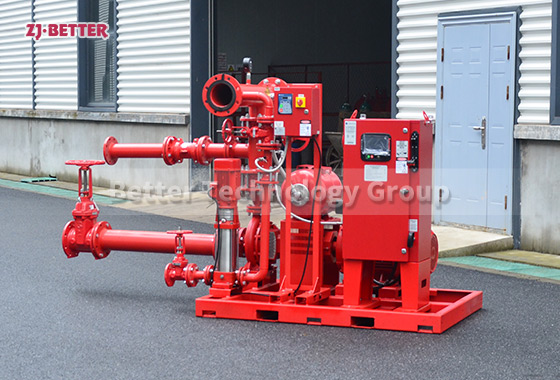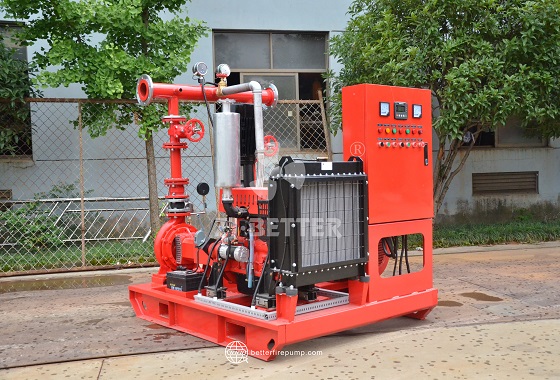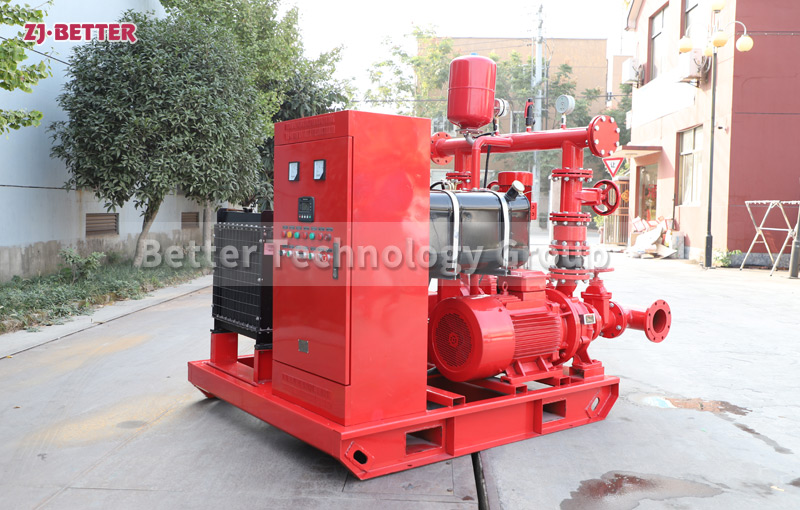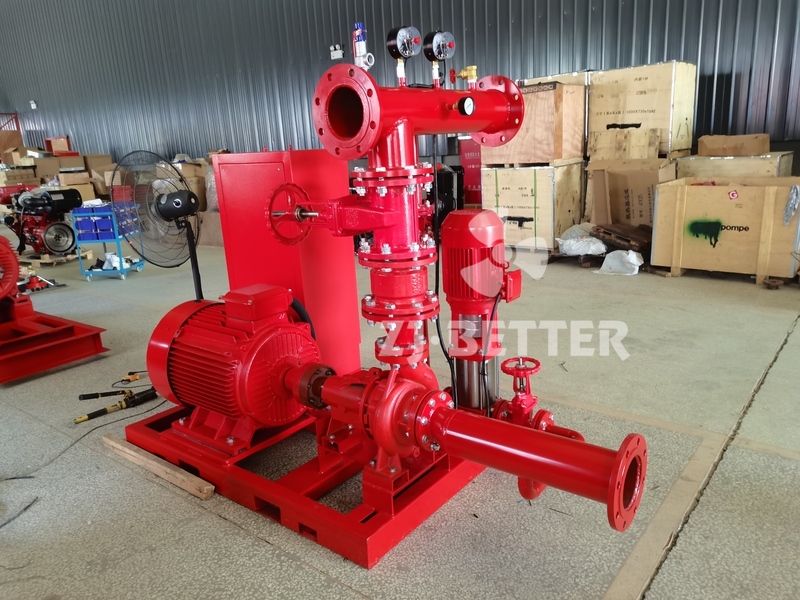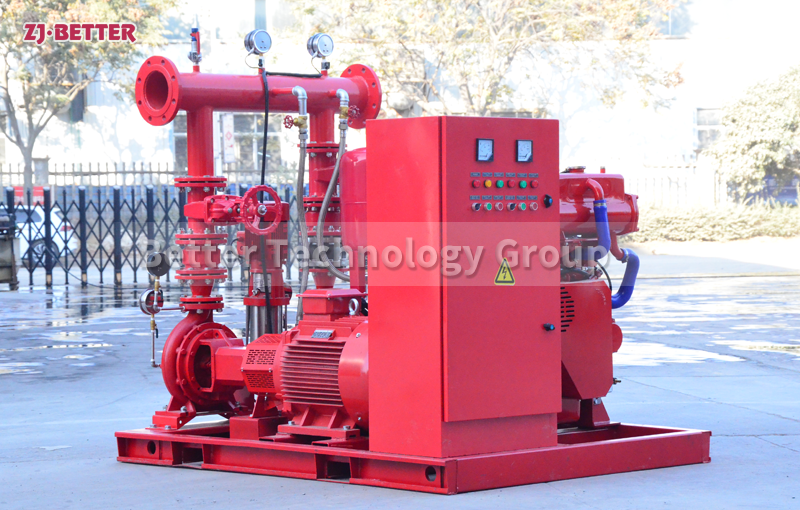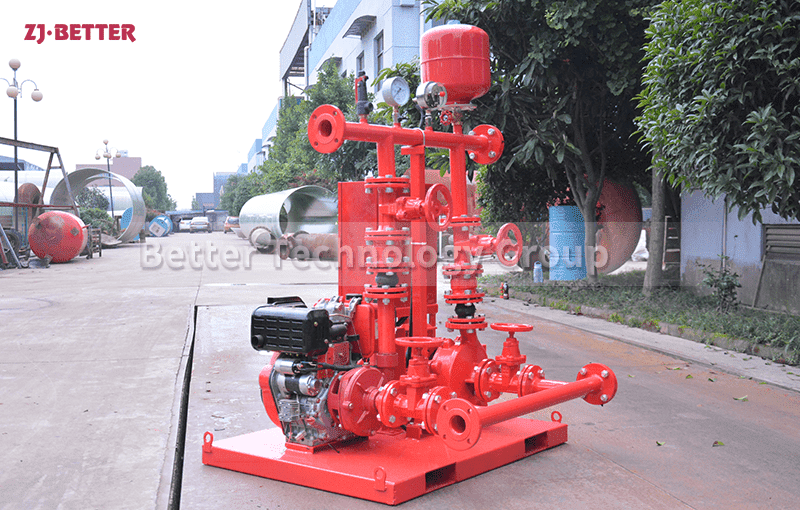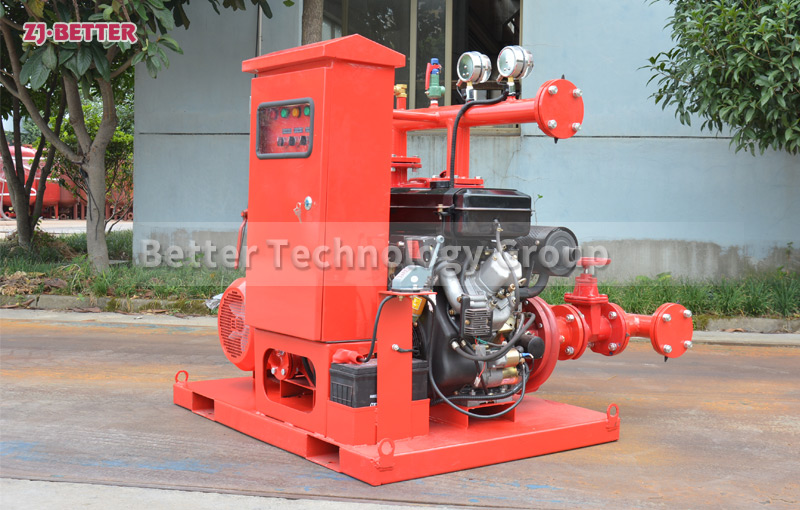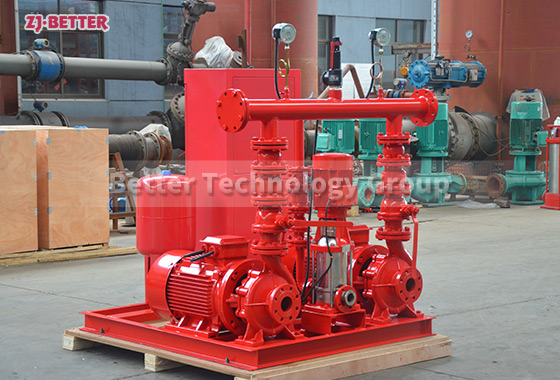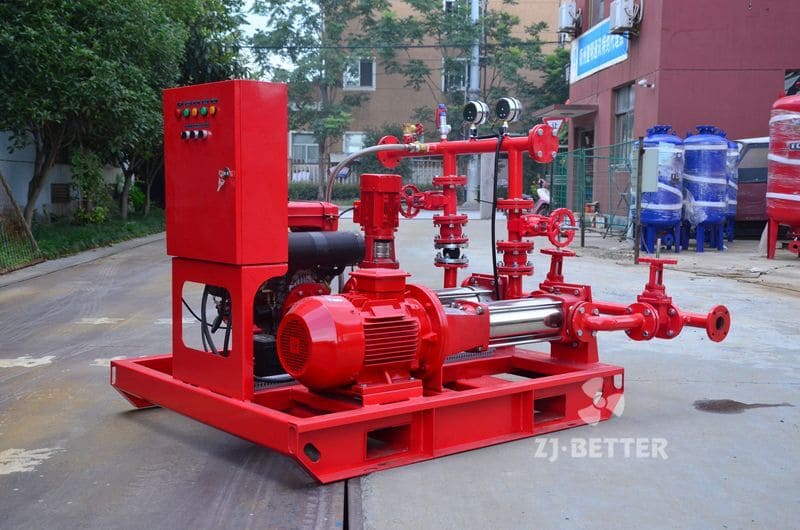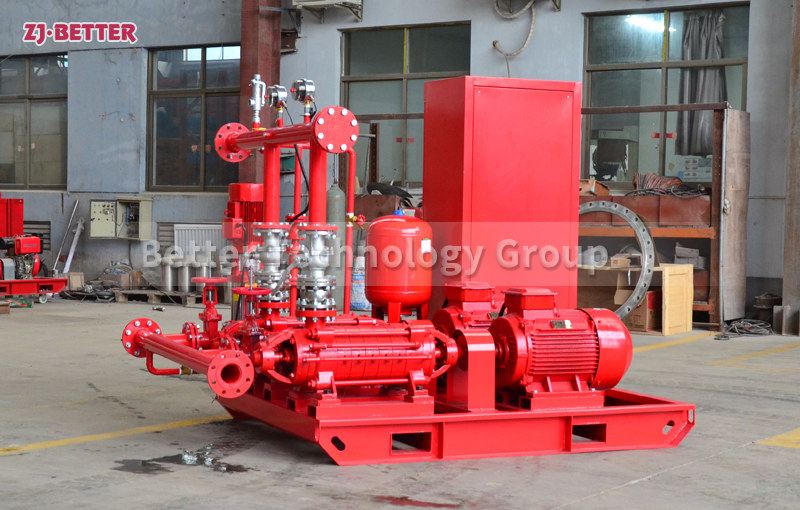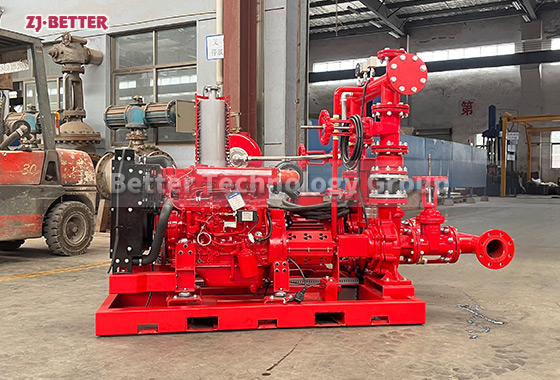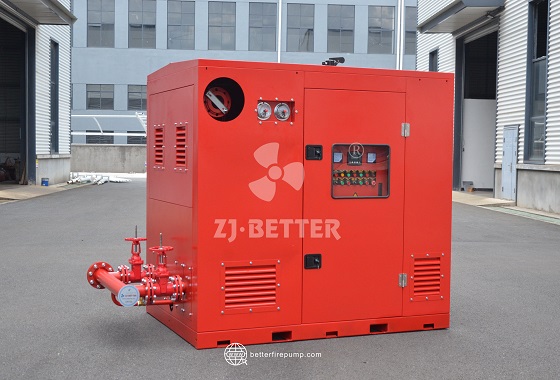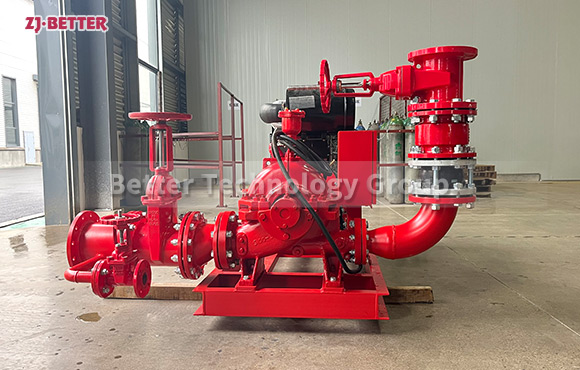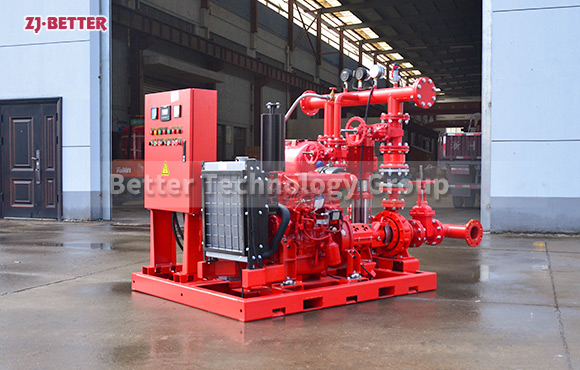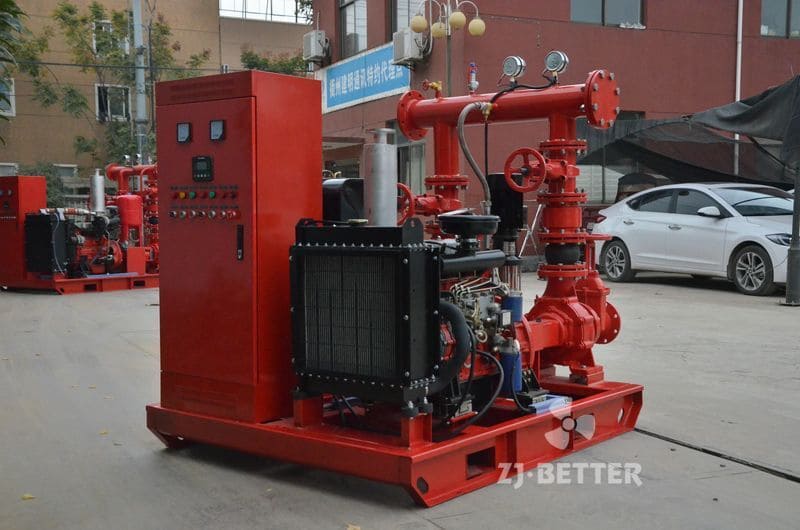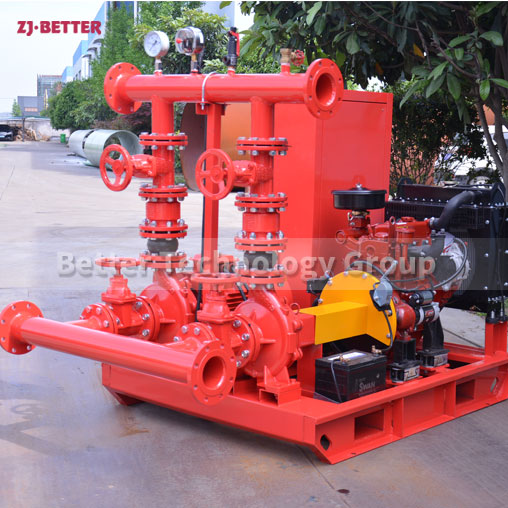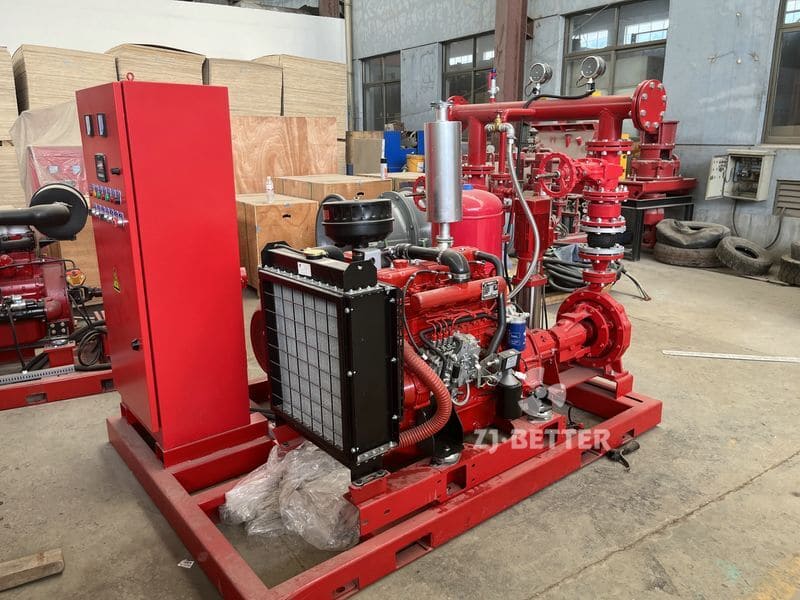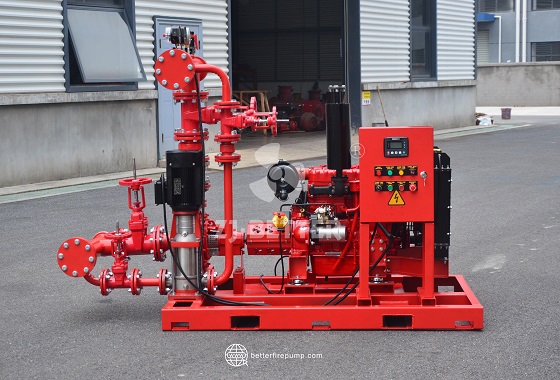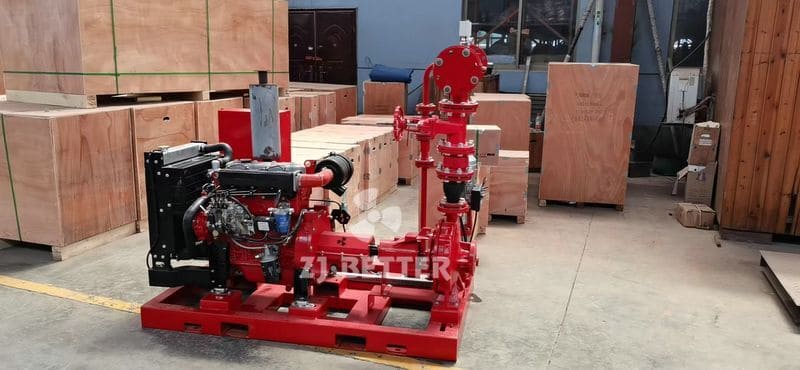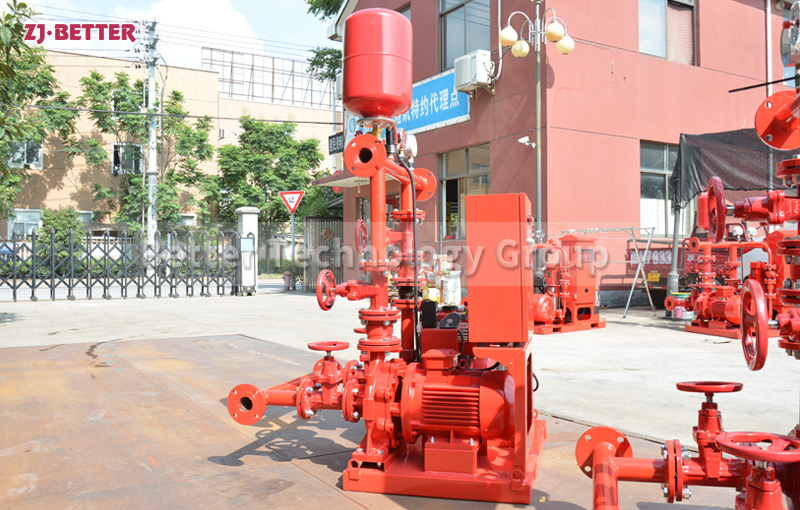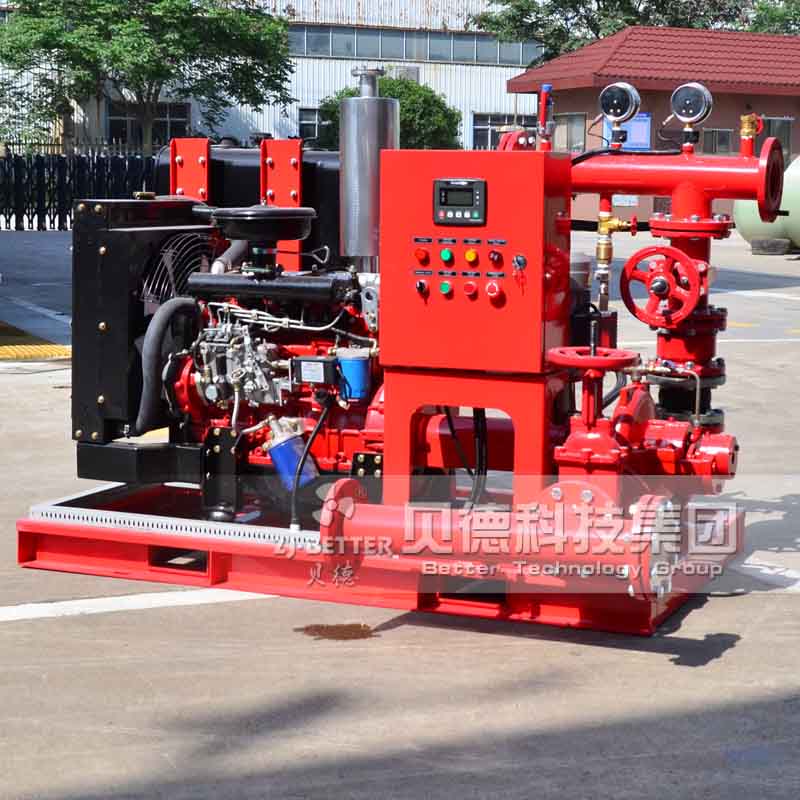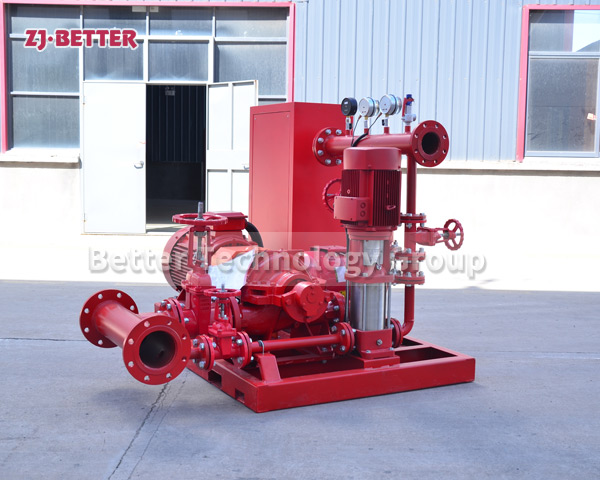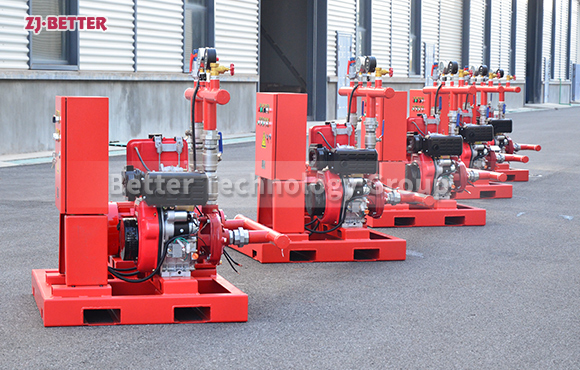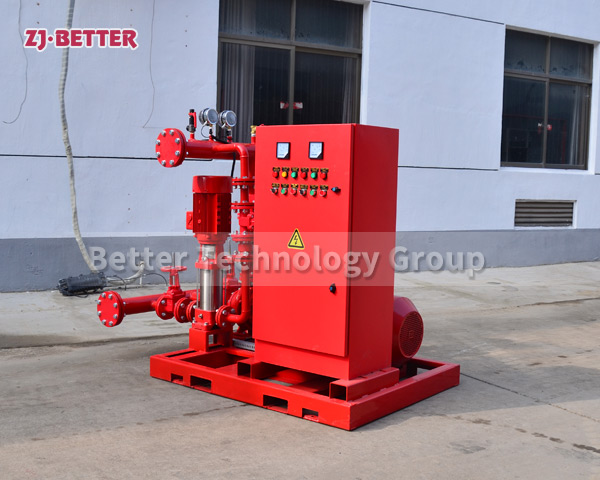What are the best practices for maintaining fire pumps and jockey pumps?
Maintaining fire pumps and jockey pumps is essential for ensuring their reliable operation in an emergency. Best practices for maintenance include regular inspection and testing of the pumps, checking for leaks, corrosion, and wear on components, and ensuring that all electrical connections and control systems are functioning correctly. It is also important to perform routine flow tests to verify that the pumps can deliver the required water flow and pressure as specified by design standards and regulatory codes. Lubrication of moving parts, replacement of worn-out seals and gaskets, and calibration of pressure sensors and alarms should also be part of a comprehensive maintenance program. Additionally, keeping detailed records of all inspections, tests, and maintenance activities helps track the condition of the pumps over time and identify potential issues before they lead to failure. Regular training for personnel on the operation and maintenance of fire pumps further enhances system reliability and readiness.
Maintaining fire pumps and jockey pumps is essential for ensuring their reliable operation in an emergency. Best practices for maintenance include regular inspection and testing of the pumps, checking for leaks, corrosion, and wear on components, and ensuring that all electrical connections and control systems are functioning correctly. It is also important to perform routine flow tests to verify that the pumps can deliver the required water flow and pressure as specified by design standards and regulatory codes. Lubrication of moving parts, replacement of worn-out seals and gaskets, and calibration of pressure sensors and alarms should also be part of a comprehensive maintenance program. Additionally, keeping detailed records of all inspections, tests, and maintenance activities helps track the condition of the pumps over time and identify potential issues before they lead to failure. Regular training for personnel on the operation and maintenance of fire pumps further enhances system reliability and readiness.

